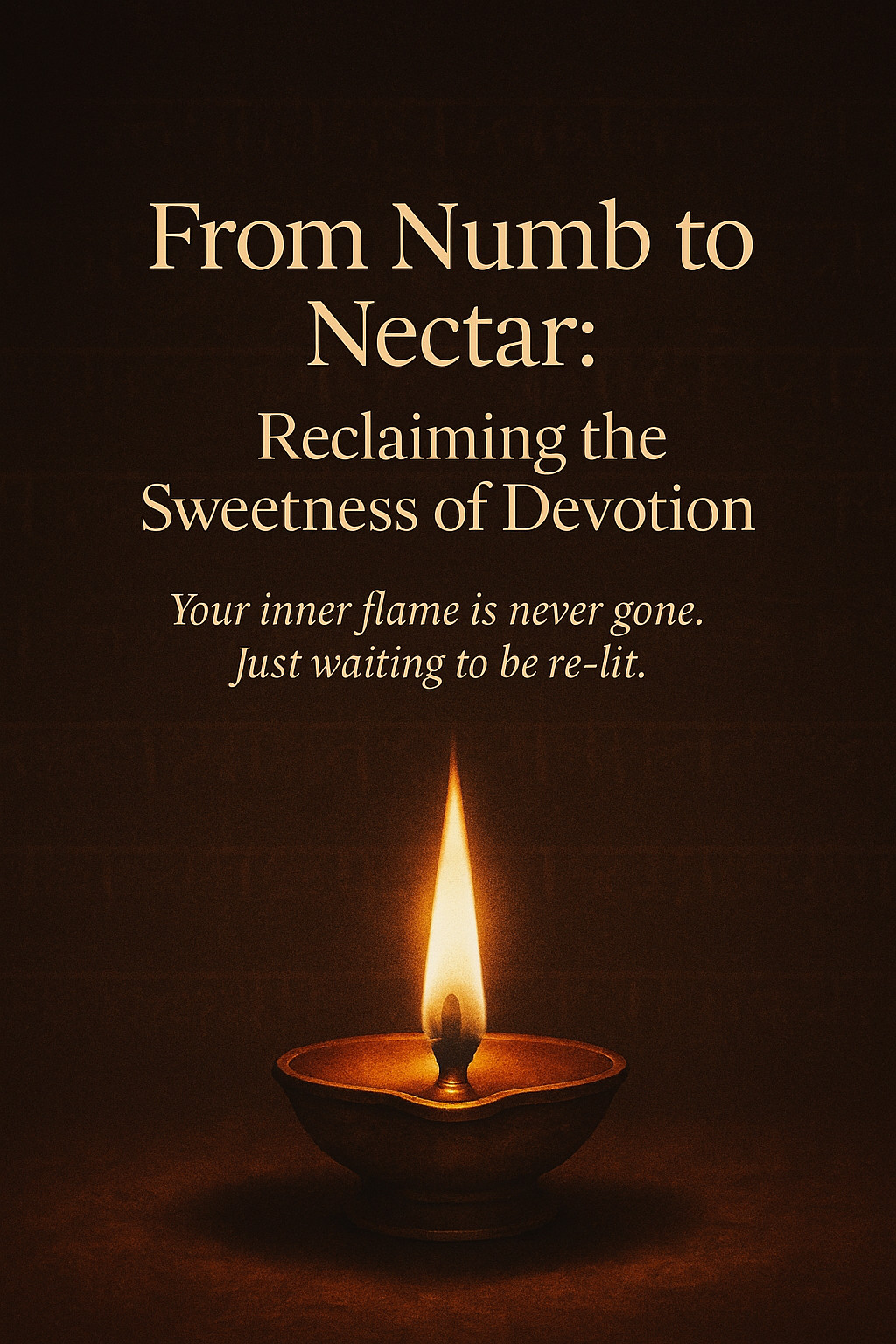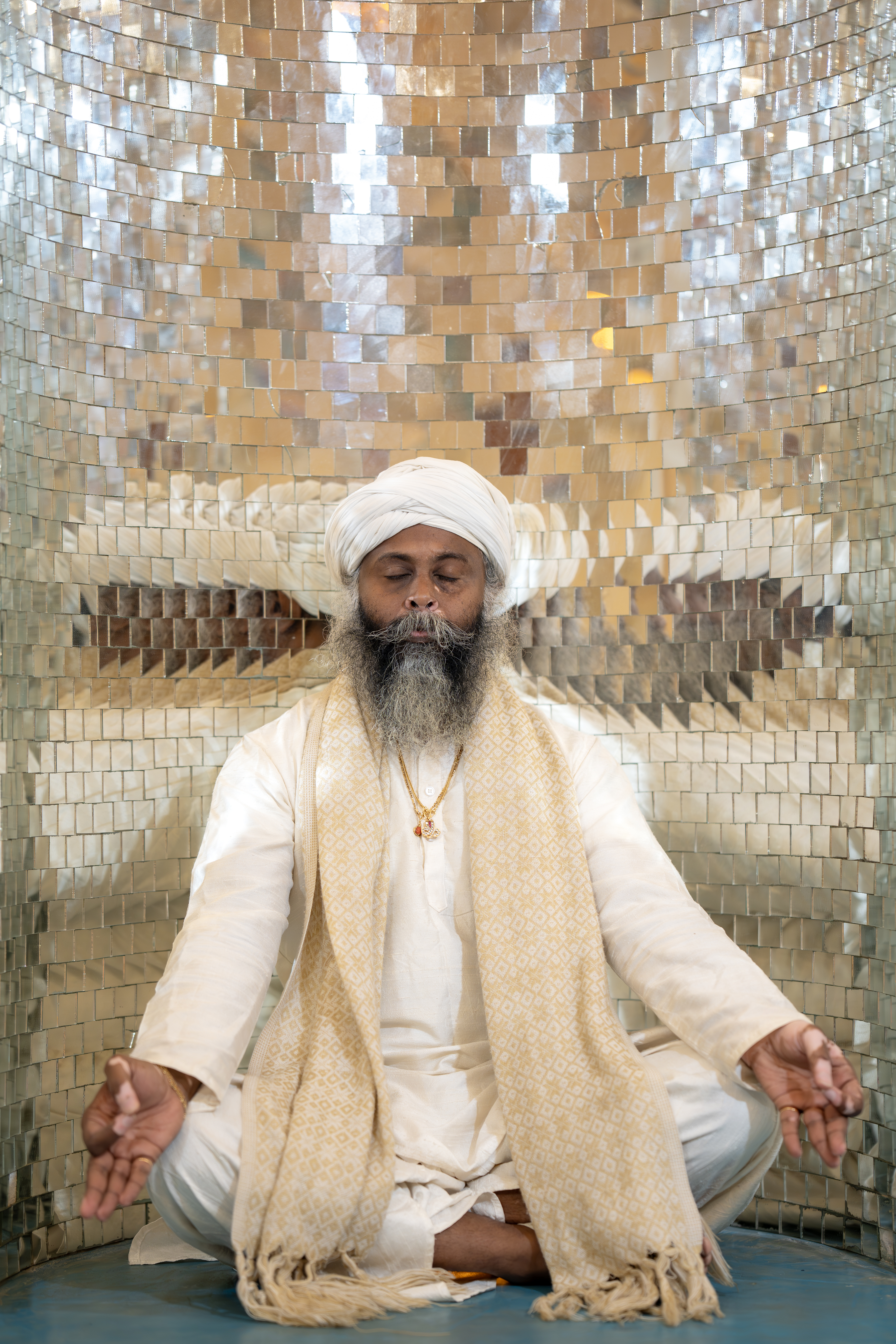Bowing is one of the oldest and most universal gestures of respect, reverence, and humility. It exists across spiritual traditions, martial arts, cultural greetings, and sacred rituals. Yet beyond the physical act, bowing carries deep emotional resonance—it is a movement of the soul as much as of the body.
Here’s a deeper look into the emotional layers of bowing:
1. Humility and Surrender
When we bow, we soften the ego. We lower our head not in defeat, but in recognition that something greater exists—whether it's the divine, a teacher, a moment of truth, or life itself. Emotionally, bowing can bring up tears or release, as it symbolizes letting go of control and embracing vulnerability.
It says: I do not need to be above. I am open to learn, to listen, to receive.
2. Gratitude
Bowing is a full-body “thank you.” In many cultures, it replaces words. When done mindfully, it can stir deep appreciation—not just for a person, but for life, nature, ancestors, or the present moment. Emotionally, this can reconnect us to humility, abundance, and the sacredness of simple things.
It whispers: I see your presence, your gift, your sacrifice.
3. Reverence and Devotion
In spiritual practice, bowing becomes a sacred offering. We bow before deities, before altars, before inner truths—not as an act of lesser-ness, but of devotion and alignment. Emotionally, it can feel like coming home to something eternal, a gesture of love for the divine, for dharma, or for one's higher self.
It offers: I place my heart before you. I choose to serve the highest within me.
4. Forgiveness and Reconciliation
Bowing can also be an act of peace. In many traditions, it's used in moments of apology, acknowledgement, or reconciliation. The heart opens, defenses fall, and what’s left is presence and truth. Emotionally, this type of bowing softens anger, grief, and pride.
It admits: I see your pain. I see my own. May we meet again with compassion.
5. Honor and Respect
Whether it’s bowing to a teacher, a stranger, or an elder, this gesture honors the sacredness of another being. It sees their humanity, their journey, their divine spark. Emotionally, this kind of bowing creates connection, dissolves status, and builds mutual respect.
It affirms: I honor the light in you, as I honor the light in me.
6. Integration and Presence
When we bow at the end of yoga, a ceremony, or a conversation, it symbolizes closure and completeness. It roots us in the now. Emotionally, this can feel like exhaling after holding your breath—an acknowledgment of what just transpired, and a return to presence.
It grounds: This moment mattered. I am here. I am whole.
✨ A Sacred Practice
To bow is to feel.
To bow is to remember.
To bow is to return to the heart.
To bow is to remember.
To bow is to return to the heart.
Whether it’s a physical gesture or a silent inner bow, the act brings us closer to humility, grace, and truth. In a world full of noise and posturing, bowing teaches us to feel deeply, to honor fully, and to live with reverence.


0 Comments